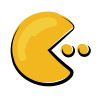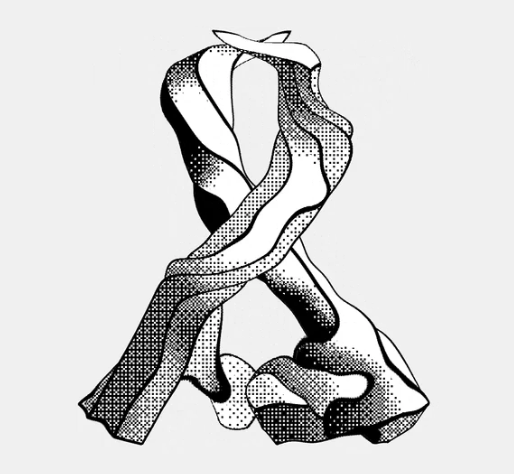These shortcuts aren’t provided by the terminal or the shell but the readline library (or zle if you use zsh), which can be configured using the ~/.inputrc file.
Some of these are provided by the readline library (ctrl-a/e/k/y etc), others are provided by the shell (ctrl-c, ctrl-z, etc), and others are the terminal emulator (ctrl-shift-c/v/n/t, etc).
deleted by creator
I have a small gripe with this article: CTRL+K, CTRL+U and CTRL+W don’t “delete”, they “cut”, and the clipboard can be accessed with CTRL+Y, which the article also fails to mention.
Only the last five are terminal shortcuts (for some terminal emulator, which the author doesn’t specify).
Most of first ones are specifically emacs-like shortcuts used by readline() as bash uses it. You can also set it up to use vi-like shortcuts (I mean, I use emacs, but just pointing out that they’re there).
The bang-history stuff with the exclamation points is also a bash feature.
If you use a shell other than bash, or if you aren’t in the shell, those won’t necessarily apply (unless a given application is also using readline() with emacs-like keybindings).
Shortcuts for some different shells:
- Nushell (reedline): nushell.sh/book/line_editor
- Bash: (readline): gnu.org/software/bash/manual/html_node/Readline-Interaction
- Fish: fishshell.com/docs/current/interactive#shared-bindings
As you can see, most of them use shortcuts from Emacs and Vi
Or… VIM commands!
set -o vi!!!They missed my personal favourite:
SHIFT + INSERT … paste the content of the PRIMARY select buffer (currently selected text).
Middle click gang has beef
man bashI wish they just put a biiiit more detail, like good job getting the word out please add some explanation.
Very useful. Thanks.
Is there any mirror for this? I don’t know if this has been posted to some other site as well, but the web site seems to be overloaded with traffic right now and I can’t see the article.
Here you go: https://archive.is/c3esF









